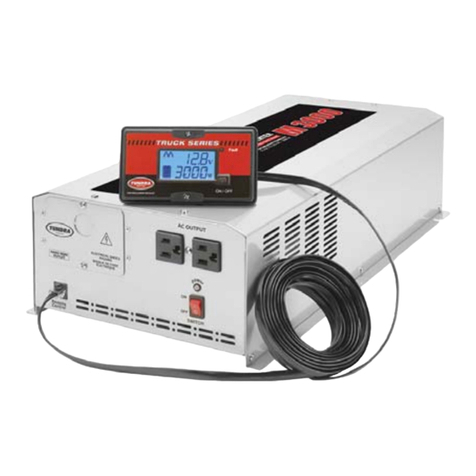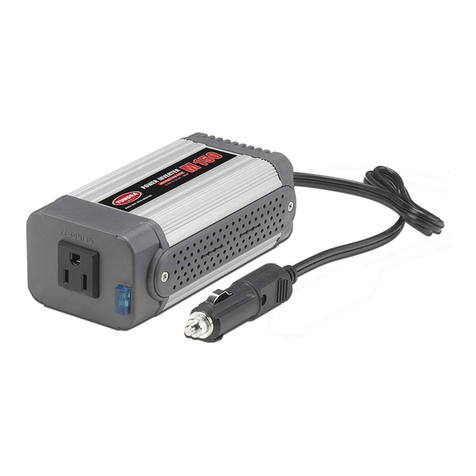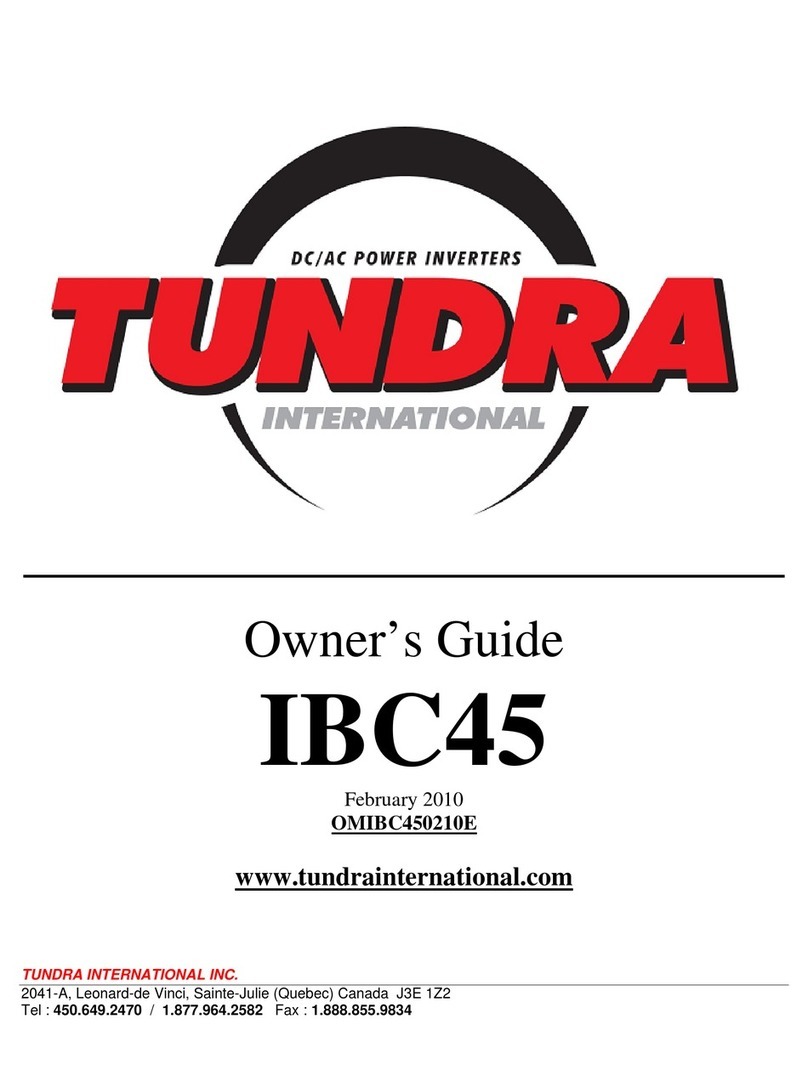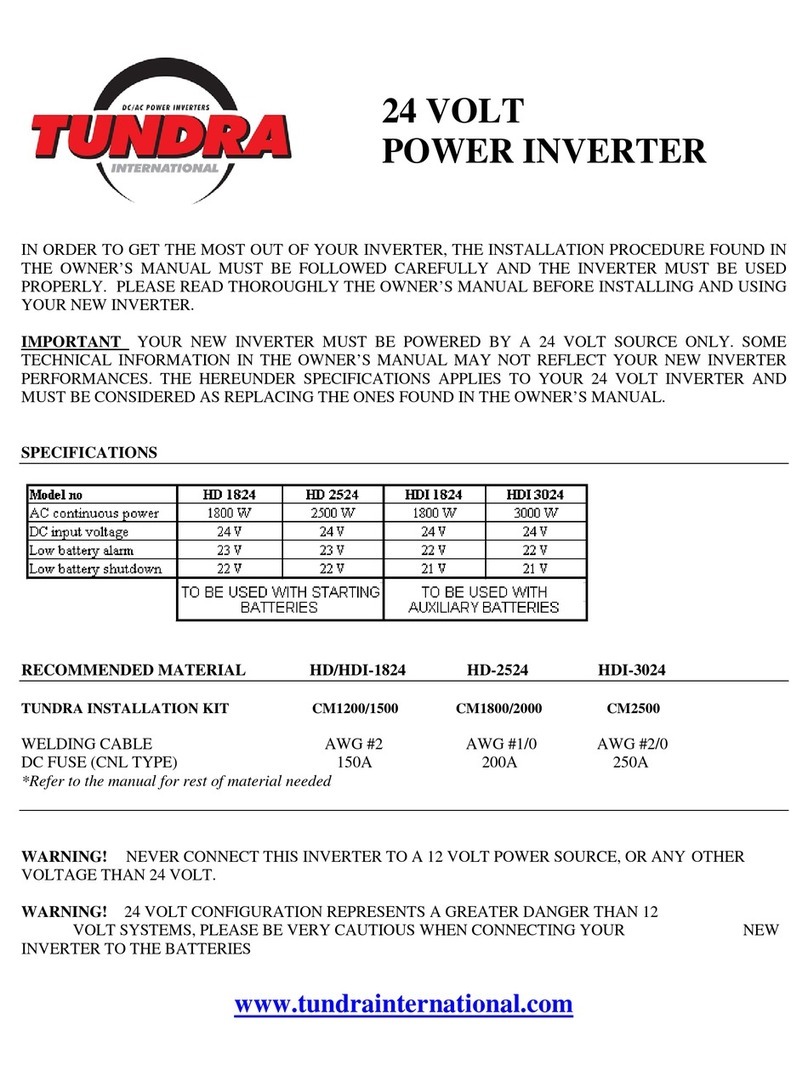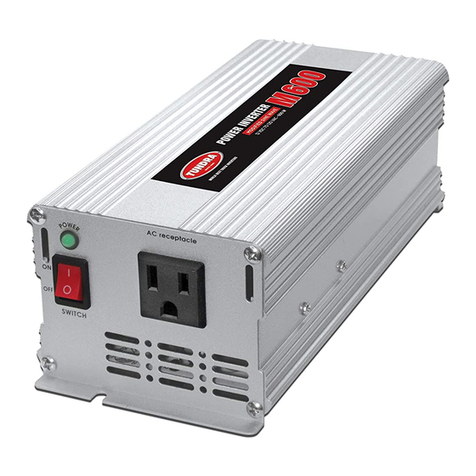Table of contents
1INTRODUCTION..........................................................................................................................................3
1.1 Disclaimer..................................................................................................................................................................3
1.2 Output waveform.......................................................................................................................................................3
2FRONT PANEL / REAR PANEL & REMOTE CONTROL....................................................................4
2.1 Front panel (E1000)...................................................................................................................................................4
2.2 Front panel (E1500 - E2000).....................................................................................................................................4
2.3 Front panel (E2000GF / With Ground Fault Circuit Interrupter).............................................................................4
2.4 Front panel (HD1200 –HD1800 –HD2500 –HDi1800 –HDi3000).......................................................................5
2.5 Rear panel (all models)..............................................................................................................................................5
2.6 LCD remote control (all models except E1000)........................................................................................................6
2.6.1 Display................................................................................................................................................................6
2.6.2 Fault codes (you may refer to section 6 for more details):.................................................................................7
3PERMANENT INSTALLATION.................................................................................................................7
3.1 Where to install..........................................................................................................................................................8
3.2 Mounting the inverter ................................................................................................................................................9
3.3 Battery cables.............................................................................................................................................................9
3.4 Strain reliefs installation............................................................................................................................................9
3.5 Ground (not the negative)..........................................................................................................................................9
3.6 Battery cables installation / Inside the cab...............................................................................................................10
3.7 Battery cables installation / Outside the cab............................................................................................................10
3.8 DC fuse installation .................................................................................................................................................11
3.9 Battery connections .................................................................................................................................................11
4OPERATIONS..............................................................................................................................................12
4.1 Operating limits.......................................................................................................................................................12
4.2 Trouble loads - Television & CB radio interference ...............................................................................................12
4.3 Trouble loads - Medical equipment.........................................................................................................................13
4.4 Trouble loads - Microwave......................................................................................................................................13
4.5 Trouble loads - Tools...............................................................................................................................................13
5MAINTENANCE .........................................................................................................................................13
6TROUBLESHOOTING...............................................................................................................................14
7SPECIFICATIONS......................................................................................................................................16
7.1 E SERIES ................................................................................................................................................................16
7.2 HD SERIES.............................................................................................................................................................17
7.3 HDi SERIES............................................................................................................................................................18






